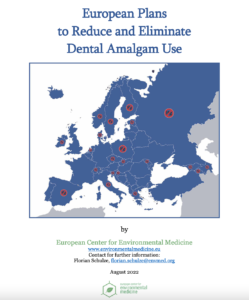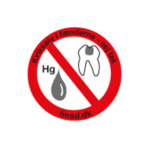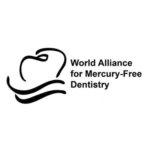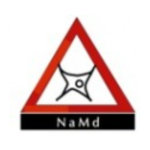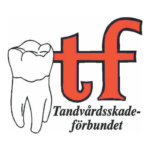The EU and the United Nations Minamata Convention on Mercury are seeking to phase out the use of dental amalgam, as assessments have concluded that its use poses major environmental and health risks, and that a phase-out is both technically and economically feasible. To dispel final questions, an overview of countries that have already taken measures against the use of amalgam is particularly valuable.
The European Centre for Environmental Medicine has compiled information from national regulations in Europe analyzing legislations, penalties, public insurance schemes or recommedations of more than 40 Countries. These Information are now published in the Report “European Plans to Reduce and Eliminate Dental Amalgam Use”.
For Example Sweden, Norway and the Republic of Moldova have prohibited the use of dental Amalgam without any exception and several former Soviet States have officialy declared that dental amalgam is not used at all in their country. Denmark, Lithuania, Switzerland and Liechtenstein have banned the use with limited exceptions and in Estonia, Finnland, Luxembourg, the Netherlands and Spain the use is already below 1 %. Poland is withdrawing mercury fillings from the guaranteed benefits, effectively phasing out dental amalgam in 2022.
Further EU Countries have set up national plans to phase out dental amalgam and some Non-EU Countries have followed the EU’s lead to phase out the use of dental amalgam for children, pregnant and breastfeeding women in a first step.
Guidelines indicate that dental amalgam should not be used if there is evidence of allergy to any of the components, in patients with severe renal insufficiency or progressive degenerative diseases of the peripheral or central nervous system. It should not be used next to precious metal alloys, gold-plated brass anchors or other metal restorations or for patients with metallic denture frameworks, and there is a warning not to perform whitening on teeth filled with amalgam.
For proper use, a suitable pulp protection should be placed under the filling, the ingress of moisture during mixing and condensation should be avoided, since it can lead to increased expansion and corrosion of the filling (if the alloy contains more than 0.01% Zinc) and amalgam fillings should be polished, as this leads to a reduction of the surface and subsequently reduces corrosion. The polishing should be performed after 24 hours at the earliest, when the amalgam filling has hardened.
Further Safety requirements are set up for the removal of dental amalgam and for the safety of the dental staff, which demonstrate how dangerous it is to work with this material. It is very difficult to say how much amalgam is still used in Europe today, as reliable data are not available. What is certain, however, is that the use of amalgam can and should be timely phased out.
Download the full report:

